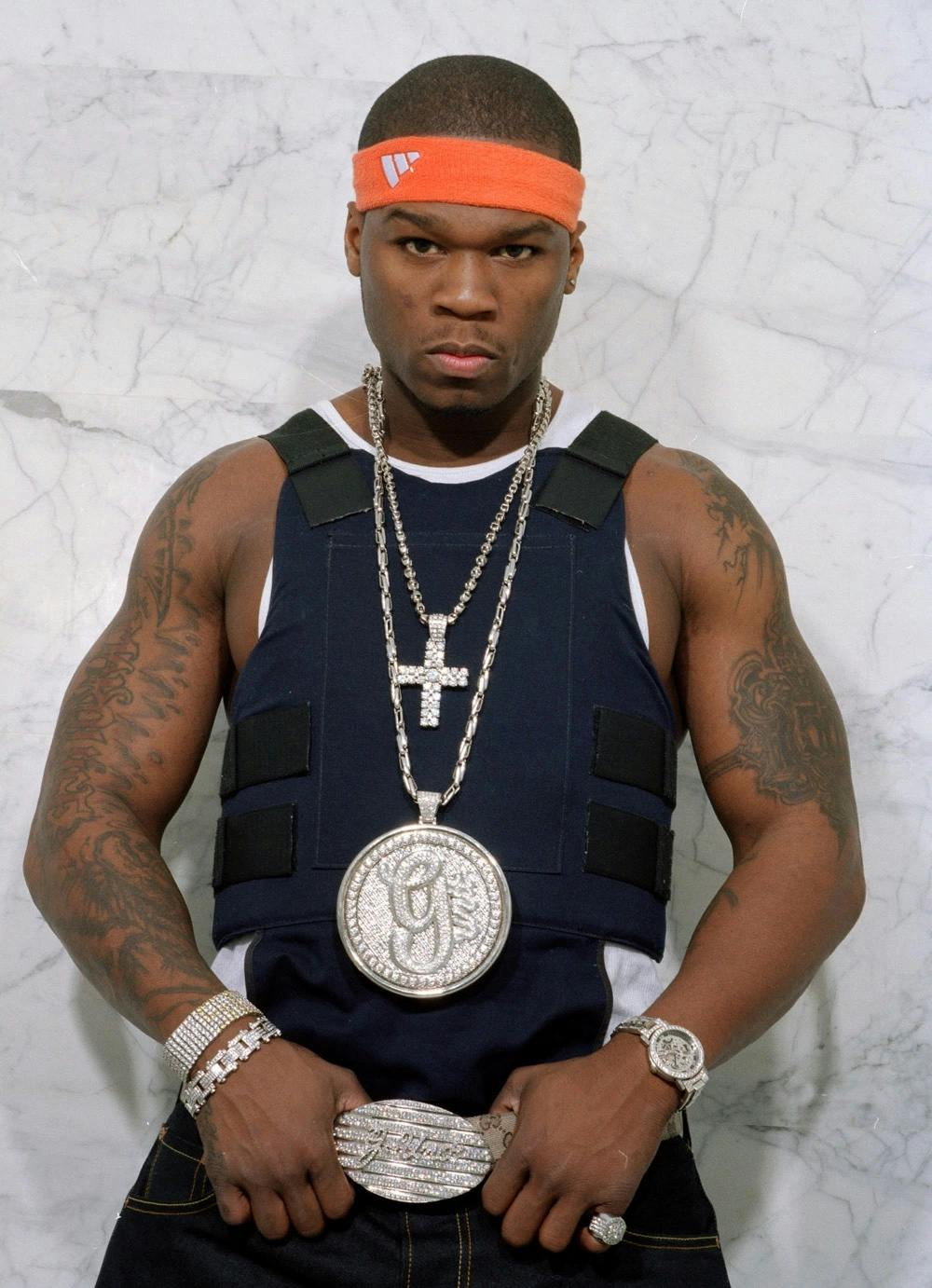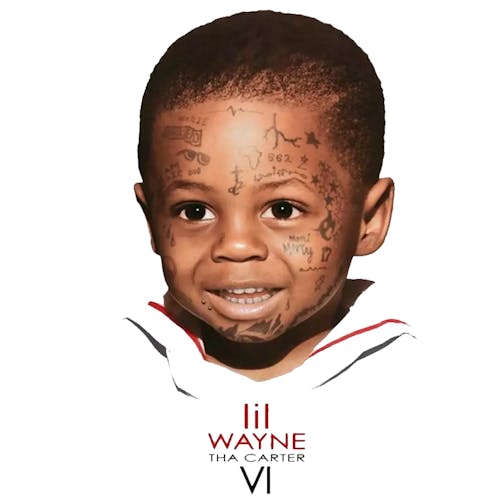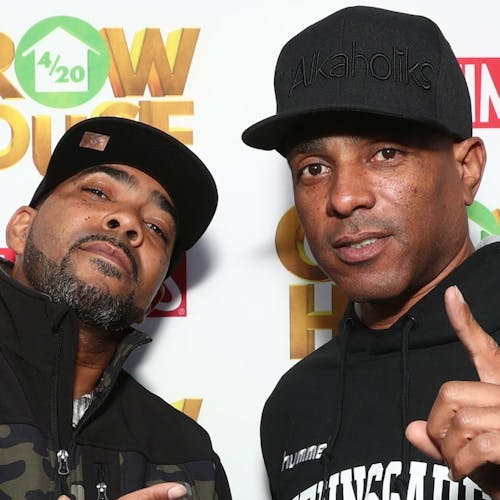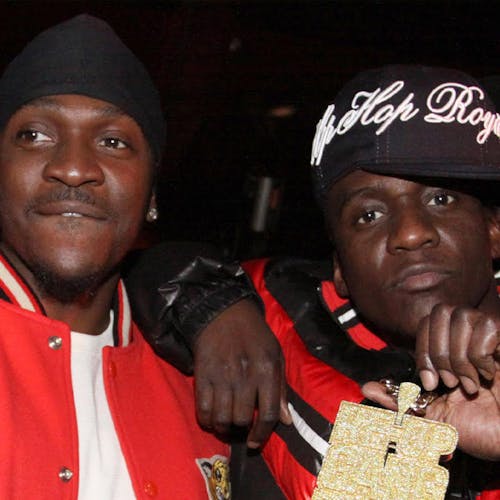features
Classic Albums: 'Get Rich Or Die Tryin'' by 50 Cent
Classic Albums: 'Get Rich Or Die Tryin'' by 50 Cent
Published Fri, February 3, 2023 at 12:00 AM EST
The music industry was in a state of flux. In the early 2000s, the traditional ways record companies and artists made, promoted, and earned money from the sale of music was changing swiftly and dramatically. Consumers were increasingly moving away from going to record stores for new material and were going online for their musical fix.



He was menacing. His history, the word on the street, his background, how many times he’d been shot, his artwork, his physique, it was a time where all that was required.
- Dave Weiner, music exec
Eminem and Dr. Dre brought a distinctive influence to GET RICH OR DIE TRYIN', making the project a blend of sorts between the East Coast (50 Cent), the Midwest (Eminem), and the West Coast (Dr. Dre). It resulted in a project that appealed to an unusually wide swath of rap fans.

I liked the flow and the groove of ['21 Questions']. It was simple, but it moved well. It was entertaining and it reminded me of something Whodini would do.”
- Dana Dane




